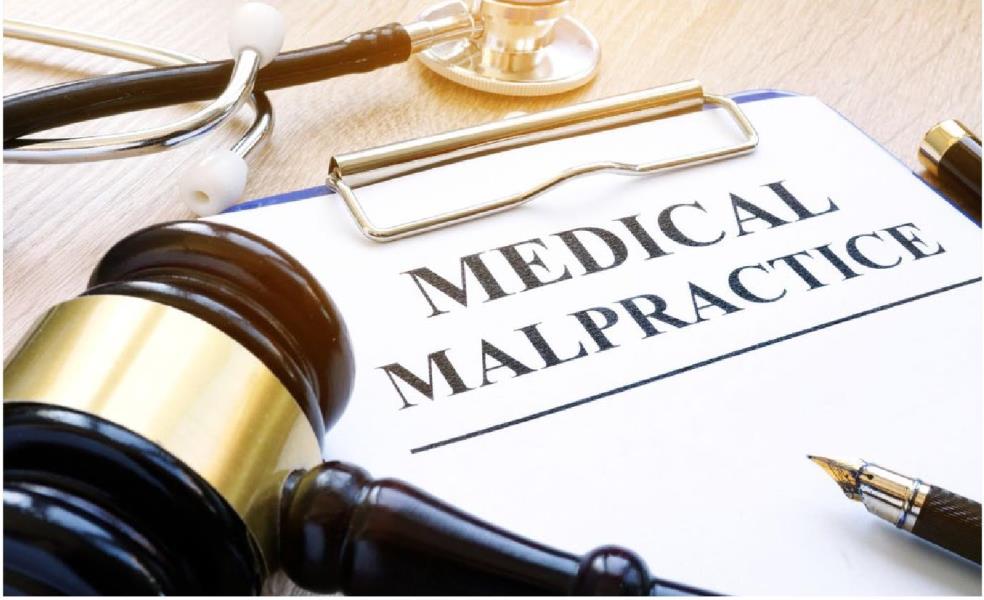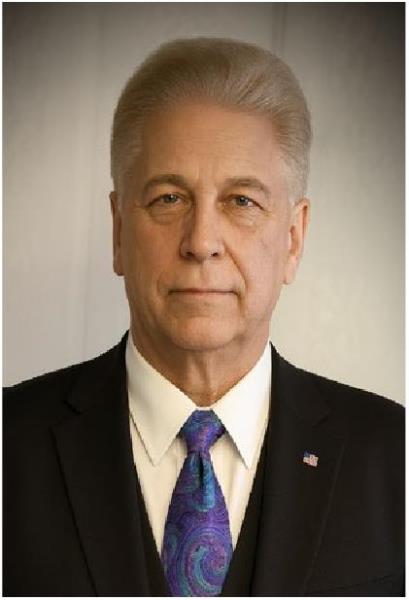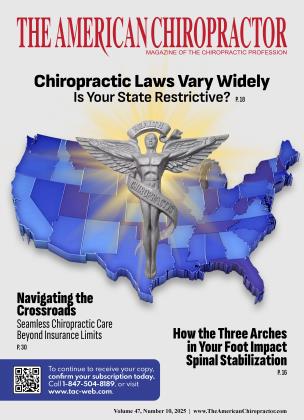Fourth in a Series of Shields: Diagnosis CMT vs. DC Identifying Signs When the Economy Is Down, Malpractice Allegations Are Up
October 1 2025 KSJ MurkowskiFourth in a Series of Shields: Diagnosis CMT vs. DC Identifying Signs When the Economy Is Down, Malpractice Allegations Are Up
October 1 2025 KSJ Murkowski
With high inflation, job layoffs, and soaring consumer prices, people (our patients) are looking for other sources of money (quick money).
Statistically, one out of five DCs or CAs will be “alleged” of malpractice this year. In many cases, the DC or CA did nothing wrong, nor did they ever breach the standards of care (SOC), standards of practice (SOP), or the pillars of practice. However, just look at the TV ads by the attorneys (sharks) — quick money offers!
The best defense, or as I call it in my MPC CE Seminars, is ACE documentation — accurate, comprehensive, extensive — for DC/CA MAPS.
Remember: EHR alone (cut, paste, drag) and SALT (same as last time) are not shields of protection in all legal cases. Each office visit is a separate and distinct documented encounter with individual notes.
Recently, there was an interesting court case that I want to bring to your attention. In May 2024, Trial News reported a landmark case in which the jury awarded $10,906,984 to a chiropractic stroke victim whose DCs failed to recognize the actual signs and symptoms (breaches of SOC and SOP).
This case was not about the DCs causing a stroke, aneurysm, dissection, etc. It was about the DCs’ failure to identify and act upon the early warning signs of stroke — diplopia, dizziness, drop attacks, dysarthria, dysphagia, gait ataxia, nausea, numbness, nystagmus (five Ds and 3 Ns).
Case facts: Two DCs treated the same patient in the same office. Each DC repeatedly adjusted (CMT) her neck forcibly without clinically recognizing the vertebral artery dissection (slow tearing) that led to her major stroke.
Instead of recognizing the patient’s severe issues (symptoms) and referring her for immediate imaging and medical evaluation, which may have led to the use of TPA or blood thinners and potentially prevented the stroke, the DCs kept assuring her and attributing her issues (symptoms) to chiropractic manipulation (CMT) reactions (i.e., parasympathetic responses).
The defense argued that there was no proof of negligent causation (CMT) by the two DCs and that the patient’s ongoing issues were related to the CMT and stroke. They also cited the patient’s history of chronic migraines and Chiari malformation.
Question: Are there comprehensive consultation case histories, X-rays, etc., in your patients’ files?
Despite the defense’s position, the most challenging aspects were the DCs. They both came across as genuinely nice people who cared about their patients, leaving a positive impression on the jury.
However, good appearance, good intentions, and emotional appeal hold little weight in court with the judge and jury when preventable negative outcomes occur and accurate documentation (chart-SOAP) is questioned.
This case highlights the critical importance of comprehensive consultation case history and exams, plus recognizing stroke signs and symptoms (SSS) in a chiropractic practice today.
Today’s opinions vary on whether chiropractic adjustments (CMT) can cause dissecting aneurysms. Remember: Follow all technique protocols and document everything, including doctor-patient conversations.
Today, courts have consistently found that too many DCs lack sufficient training in identifying and triaging stroke incidents (five Ds and three Ns). This points to the key legal issue that chiropractors are doctors (physicians) who must have consultations, take thorough comprehensive case histories (review of symptoms, or ROS), do comprehensive exams (i.e., tests, neurological exams, HT, WT, BP, pulse, basic patient records, etc.), and give a comprehensive diagnosis (ICD codes) with informed consents in writing and orally documented.
Remember: Informed consent is a specific process, not just a piece of paper that is never signed in the waiting room before the patient ever sees or meets the doctor and is examined, diagnosed, given a report of findings, etc. No patient is ever treated without informed consent.
In my opinion, the key takeaway from this trial and the $10,906,984 award is to make sure you do the SOC and SOP, know your five Ds and three Ns, and document all. I’ve taught DCs and CAs in my MPC CE seminars for years to examine, screen, and recognize abnormalities properly.
When using specific chiropractic techniques (e.g., Activator, Cox, Gonstead, Palmer, Thompson, etc.), you must follow all technique protocols and document accurately whether you are in the U.S., Canada, or Europe. Every DC must follow SOC, SOP, and pillars of practice.
All DCs are trained to recognize stroke signs (five Ds and three Ns), symptoms, patient issues, etc. Please don’t shortcut a patient’s intake information or admitting exams and tests (i.e. X-rays, labs, etc.).
I hope this MAPS information will provide DCs and CAs with more knowledge on how the courts function so they can focus on quality care, rehab, and accurate VSC diagnosis. Remember, knowledge is power, and power is success. See you soon at an MPC CE Seminar.
*These are opinions and suggestions. This is not to be considered as legal advice.

Dr. KSJ Murkowski, D.C., is an internationally recognized chiropractic leader, educator, and motivational speaker. He serves as President of Master Practice Counselors and has earned numerous honors, including Michigan Doctor of the Year (twice) and multiple meritorious awards. A former state president and board chairman, he has testified before the U.S. Senate, contributed to ICD-10 coding for the WHO, and serves as an expert witness across North America. He is also a proud father of three accomplished chiropractic doctors. If you have any questions call 517-784-9123 or email [email protected]
 View Full Issue
View Full Issue









